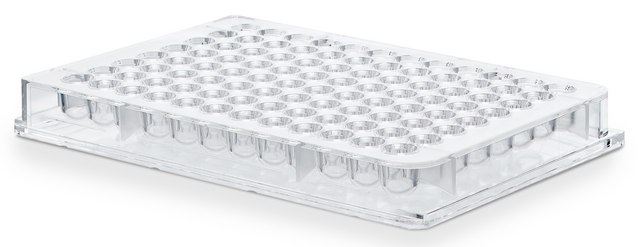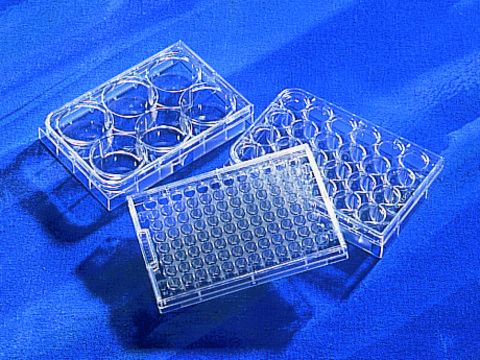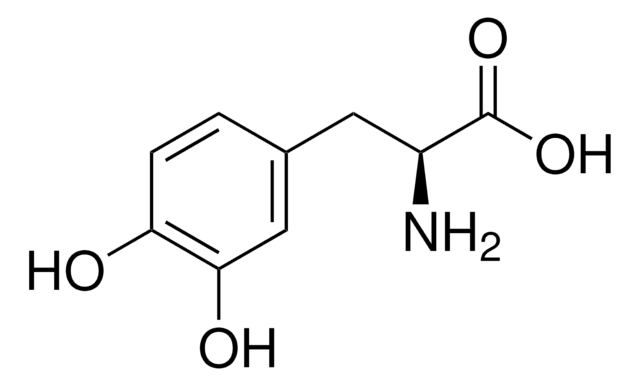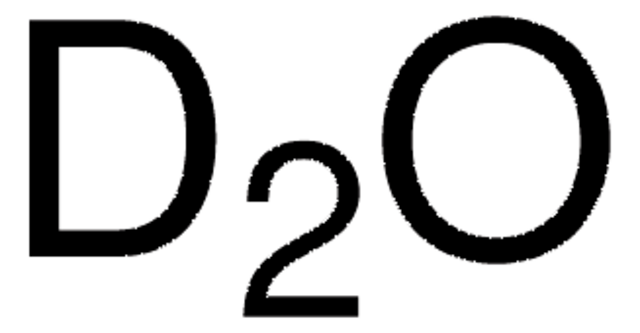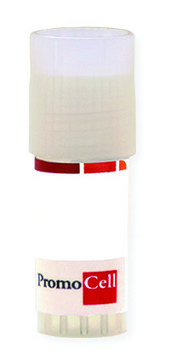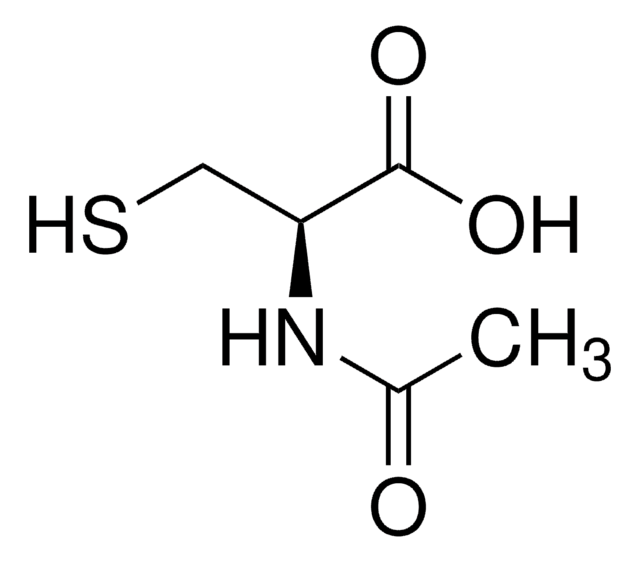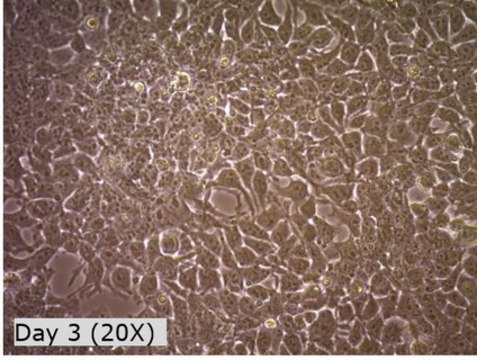66540370
BIONi010-C-8
Human iPS Cell Line
Synonym(s):
EBiSC iPSC Line, Human iPSC, Induced Pluripotent Stem Cell Line, iPS Cell, iPSC
Sign Into View Organizational & Contract Pricing
All Photos(1)
About This Item
UNSPSC Code:
41106509
Recommended Products
biological source
human dermis (fibroblast)
reprogramming method
episomal
description
age (15-19)
manufacturer/tradename
EBiSC™
gender
male
growth mode
adherent (pluripotent)
technique(s)
cell culture | stem cell: suitable
relevant disease(s)
Alzheimer′s disease
shipped in
dry ice
storage temp.
−196°C
General description
Induced pluripotent stem cells (iPSCs) are adult cells that have been reprogrammed to an embryonic stem cell–like state. The cells can replicate indefinitely or, under controlled conditions, can be differentiated into any other cell type such as nerve, heart or liver cells. Medical researchers are able to use iPS cells to test how different patients might respond to new drugs or to analyse how genetic diseases develop.
The EBiSC stem cell bank is a collection of human iPS cells available to academic and commercial researchers for use in disease modelling and other forms of stem cell research. The initial collection has been generated from a wide range of donors representing specific disease backgrounds and healthy controls. EBiSC has established many routine procedures for collecting, expanding and characterizing human iPS cell lines. The stem cell bank includes iPSC cell lines derived from neurodegenerative diseases (Alzheimer′s Disease, Parkinson′s Disease, Dementia, Motor Neuron Disease (ALS) - and Huntington′s Disease), eye and heart diseases, and lines from healthy control donors for age and sex matching.
The EBiSC stem cell bank is a collection of human iPS cells available to academic and commercial researchers for use in disease modelling and other forms of stem cell research. The initial collection has been generated from a wide range of donors representing specific disease backgrounds and healthy controls. EBiSC has established many routine procedures for collecting, expanding and characterizing human iPS cell lines. The stem cell bank includes iPSC cell lines derived from neurodegenerative diseases (Alzheimer′s Disease, Parkinson′s Disease, Dementia, Motor Neuron Disease (ALS) - and Huntington′s Disease), eye and heart diseases, and lines from healthy control donors for age and sex matching.
Cell Line Origin
Depositor
Bioneer
Bioneer
Cell Line Description
Derivation
Primary cell type: Fibroblast of dermis
Primary cell developmental stage: Adult
Reprogramming method
Vector type: Non-integrating
Vector: Episomal
Gene list:
KLF4
Lin28
MYC
POU5F1
shP53
SOX2
Other:From the same donor:BIONi010-A, BIONi010-B
Characterization
Microbiology / Virus Screening
HIV 1: Negative
HIV 2: Negative
Hepatitis B: Negative
Hepatitis C: Negative
Mycoplasma: Negative
Sterility
Inoculation for microbiological growth: No Contaminants Detected
Mycoplasma: Not Detected
Viability: Viable post-cryopreservation
Genotyping
Karyotyping
Cell line karyotype: 46, XY
Karyotyping method: G-Banding
Genotyping
STR/Fingerprinting: A 16 allele profile has been recorded and data is available upon request, after cell line purchase.
Genetic Modification
Disease/phenotype related modifications
Disease: Alzheimer′s disease
Type of modification: Isogenic
Chromosome location: 6p21.1
Protein sequence HGSV: NM_018965 T66M
Zygosity: Homozygous
Target locus modification: Mutated
Primary cell type: Fibroblast of dermis
Primary cell developmental stage: Adult
Reprogramming method
Vector type: Non-integrating
Vector: Episomal
Gene list:
KLF4
Lin28
MYC
POU5F1
shP53
SOX2
Other:From the same donor:BIONi010-A, BIONi010-B
Characterization
Microbiology / Virus Screening
HIV 1: Negative
HIV 2: Negative
Hepatitis B: Negative
Hepatitis C: Negative
Mycoplasma: Negative
Sterility
Inoculation for microbiological growth: No Contaminants Detected
Mycoplasma: Not Detected
Viability: Viable post-cryopreservation
Genotyping
Karyotyping
Cell line karyotype: 46, XY
Karyotyping method: G-Banding
Genotyping
STR/Fingerprinting: A 16 allele profile has been recorded and data is available upon request, after cell line purchase.
Genetic Modification
Disease/phenotype related modifications
Disease: Alzheimer′s disease
Type of modification: Isogenic
Chromosome location: 6p21.1
Protein sequence HGSV: NM_018965 T66M
Zygosity: Homozygous
Target locus modification: Mutated
Linkage
Note: EAUA and CLIP must be completed before order fulfillment
Subculture Routine
Surface coating: Matrigel®/Geltrex®
Passage method: Enzyme-free cell dissociation / EDTA
O2 concentration: 18%
CO2 concentration: 5%
Culture medium: Essential E8®
Passage Number banked (pre-EBiSC): 24
No. Vials banked (pre-EBiSC): 20
Passage method: Enzyme-free cell dissociation / EDTA
O2 concentration: 18%
CO2 concentration: 5%
Culture medium: Essential E8®
Passage Number banked (pre-EBiSC): 24
No. Vials banked (pre-EBiSC): 20
Legal Information
E8 is a registered trademark of WIsconsin Alumni Research Foundation non-stock Corporation
EBiSC is a trademark of Fraunhofer-Gesellschaft
GELTREX is a registered trademark of Life Technologies Corporation
Matrigel is a registered trademark of Corning, Inc.
Storage Class Code
10 - Combustible liquids
WGK
WGK 3
Flash Point(F)
Not applicable
Flash Point(C)
Not applicable
Regulatory Information
新产品
Choose from one of the most recent versions:
Certificates of Analysis (COA)
Lot/Batch Number
Sorry, we don't have COAs for this product available online at this time.
If you need assistance, please contact Customer Support.
Already Own This Product?
Find documentation for the products that you have recently purchased in the Document Library.
Our team of scientists has experience in all areas of research including Life Science, Material Science, Chemical Synthesis, Chromatography, Analytical and many others.
Contact Technical Service